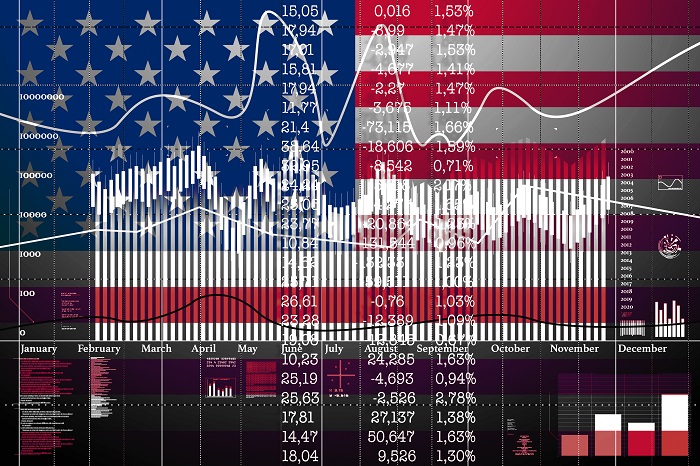 |
 Video: What is a Stock Split? Video: What is a Stock Split?
|
 |
|
| Supervalu is a distributer of grocery and other products and provision of logistics and professional service solutions to retailers across the U.S. Co.'s business is classified into two reportable segments: Wholesale, which provides wholesale customers a variety of food and non-food products, including national and regional brands, and Co. owns lines of private label products, as well as providing an array of professional services that provide wholesale customers with solutions; and Retail, which provides grocery offering and, depending on size, a variety of additional products, including general merchandise, home, health and beauty care, and pharmacy. According to our SVU split history records, SVU has had 3 splits. | |
 |

SVU (SVU) has 3 splits in our SVU split history database. The first split for SVU took place on August 09, 1985. This was a 2 for 1
split, meaning for each share of SVU owned pre-split, the shareholder now owned 2 shares. For example, a 1000 share position pre-split, became a 2000 share position following the split. SVU's second split took place on August 19, 1998. This was a 2 for 1
split, meaning for each share of SVU owned pre-split, the shareholder now owned 2 shares. For example, a 2000 share position pre-split, became a 4000 share position following the split. SVU's third split took place on August 02, 2017. This was a 1 for 7 reverse split, meaning for each 7 shares of SVU owned pre-split, the shareholder now owned 1 share. For example, a 4000 share position pre-split, became a 571.428571428571 share position following the split.
When a company such as SVU splits its shares, the market capitalization before and after the split takes place remains stable, meaning the shareholder now owns more shares but each are valued at a lower price per share. Often, however, a lower priced stock on a per-share basis can attract a wider range of buyers. If that increased demand causes the share price to appreciate, then the total market capitalization rises post-split. This does not always happen, however, often depending on the underlying fundamentals of the business. When a company such as SVU conducts a reverse share split, it is usually because shares have fallen to a lower per-share pricepoint than the company would like. This can be important because, for example, certain types of mutual funds might have a limit governing which stocks they may buy, based upon per-share price. The $5 and $10 pricepoints tend to be important in this regard. Stock exchanges also tend to look at per-share price, setting a lower limit for listing eligibility. So when a company does a reverse split, it is looking mathematically at the market capitalization before and after the reverse split takes place, and concluding that if the market capitilization remains stable, the reduced share count should result in a higher price per share.
Looking at the SVU split history from start to finish, an original position size of 1000 shares would have turned into 571.428571428571 today. Below, we examine the compound annual growth rate — CAGR for short — of an investment into SVU shares, starting with a $10,000 purchase of SVU, presented on a split-history-adjusted basis factoring in the complete SVU split history.

Growth of $10,000.00
Without Dividends Reinvested
|
| Start date: |
04/22/2014 |
|
| End date: |
12/17/2018 |
|
| Start price/share: |
$47.32 |
|
| End price/share: |
$32.49 |
|
| Dividends collected/share: |
$0.00 |
|
| Total return: |
-31.34% |
|
| Average Annual Total Return: |
-7.76% |
|
| Starting investment: |
$10,000.00 |
|
| Ending investment: |
$6,864.52 |
|
| Years: |
4.66 |
|
|
 |
| Date |
Ratio |
| 08/09/1985 | 2 for 1
| | 08/19/1998 | 2 for 1
| | 08/02/2017 | 1 for 7 |
|
 |

